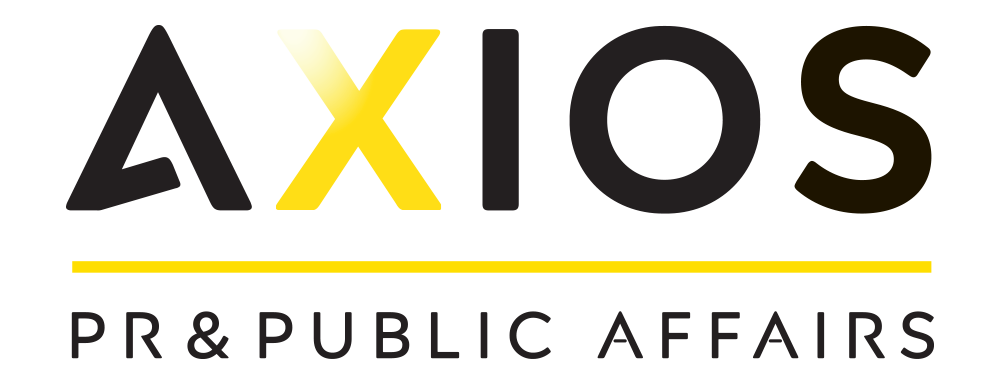Protecting corporate reputation during restructuring: a strategic communications guide
In uncertain economic times, companies often face difficult decisions about their future. While restructuring is sometimes necessary for business survival, how these changes are communicated can mean the difference between maintaining trust and damaging it.
One of the most immediate effects of anticipated restructuring is psychological. The mere expectation of change can create anxiety, especially among employees who must continue delivering value despite having little influence over major decisions.
For larger organizations, the responsibility extends beyond internal teams to an entire ecosystem of stakeholders. Communicating change requires a delicate balance of honesty and empathy. While legal constraints may limit what can be disclosed, they should never be used as an excuse for poor communication. A reputation built over decades can be damaged in weeks without a well-planned communications strategy.
Communicating during restructuring to protect stakeholder trust
Preparation is key to ensuring all stakeholders understand the need for change. How restructuring is framed and explained significantly influences how it is received.
Restructuring decisions affect people with families, financial commitments, and aspirations. While corporate messaging must address business realities, it should never lose sight of the human impact.
Effective messaging should:
Acknowledge the emotional weight of changes
Explain the "why" behind decisions, not just the "what"
Avoid clinical language that reduces people to numbers or resources
Demonstrate awareness of impacts beyond immediate financial metrics
The role of leadership in communicating change
During restructuring, both senior leaders and middle managers play a crucial role in shaping perceptions. Executive presence signals stability and direction, while middle managers serve as the primary link between leadership and employees.
To safeguard reputation, organizations should:
Increase executive presence in affected areas of the business
Equip middle managers with clear messaging and guidance
Create opportunities for two-way dialogue rather than one-way announcements
Provide training on delivering difficult news with empathy
Ensure leadership visibility with external stakeholders, not just internal audiences
Managing public perception
Corporate reputation is shaped by multiple stakeholder groups, each with distinct concerns during restructuring:
Employees assess whether leadership honours commitments to its people.
Customers evaluate whether changes affect reliability and service.
Suppliers gauge future relationship viability.
Communities measure the company’s commitment to local responsibility.
Investors scrutinize both the changes and how they are managed.
Media looks for inconsistencies between stated values and actions.
Effective media and public relations strategies
Ideally, restructuring should be handled as an internal matter, with direct communication to employees and stakeholders. However, major corporate changes often attract media interest, and leaks or speculation can quickly shape the public narrative. Being unprepared risks misinformation and reputational damage.
To stay in control, companies should:
Assess media risks early and prepare for potential external scrutiny.
Align internal and external messaging to ensure consistency.
Engage media proactively when necessary, framing restructuring as a strategic decision.
Ensure leadership visibility to reinforce stability and credibility.
Rebuilding trust during business transformation
Communication should not end once restructuring is complete. The aftermath is a critical period for rebuilding trust and momentum.
A forward-looking communication strategy should:
Acknowledge the challenges of transition without dwelling on them
Highlight early indicators that difficult decisions were necessary and beneficial
Reinforce the vision for a stronger, more resilient organization
Restructuring can easily make a company seem detached from its people and stakeholders. Approaching this process with transparency and empathy and careful communication, organizations can uphold their hard-earned reputation and reinforce credibility.
